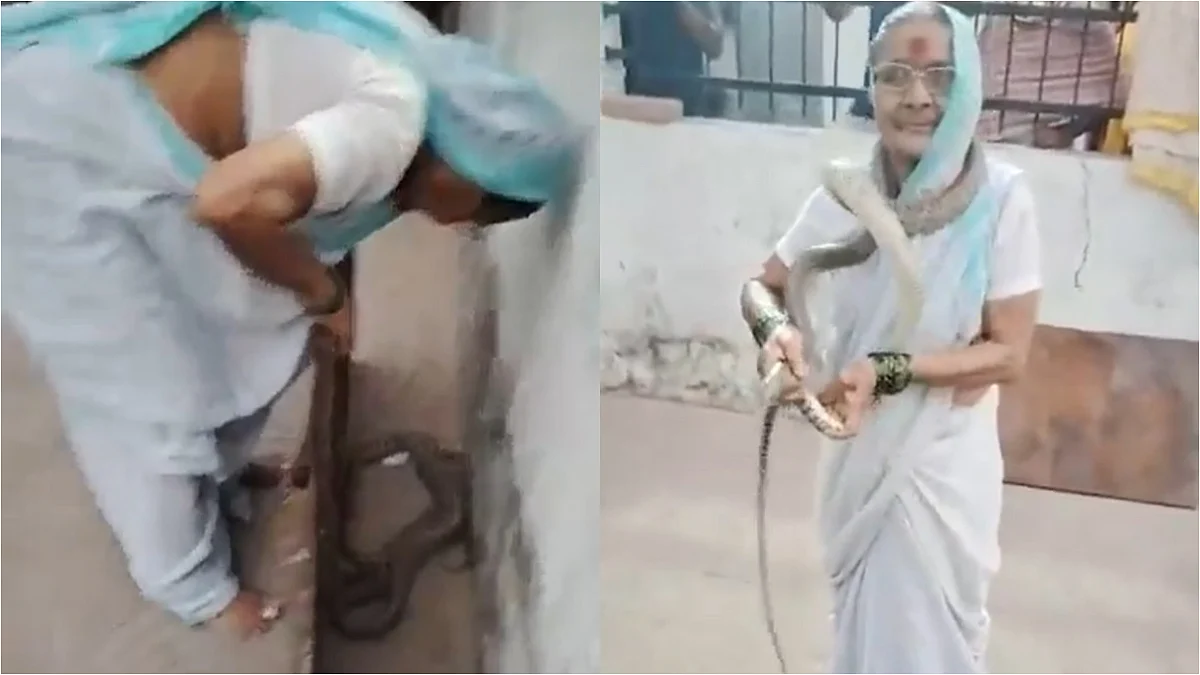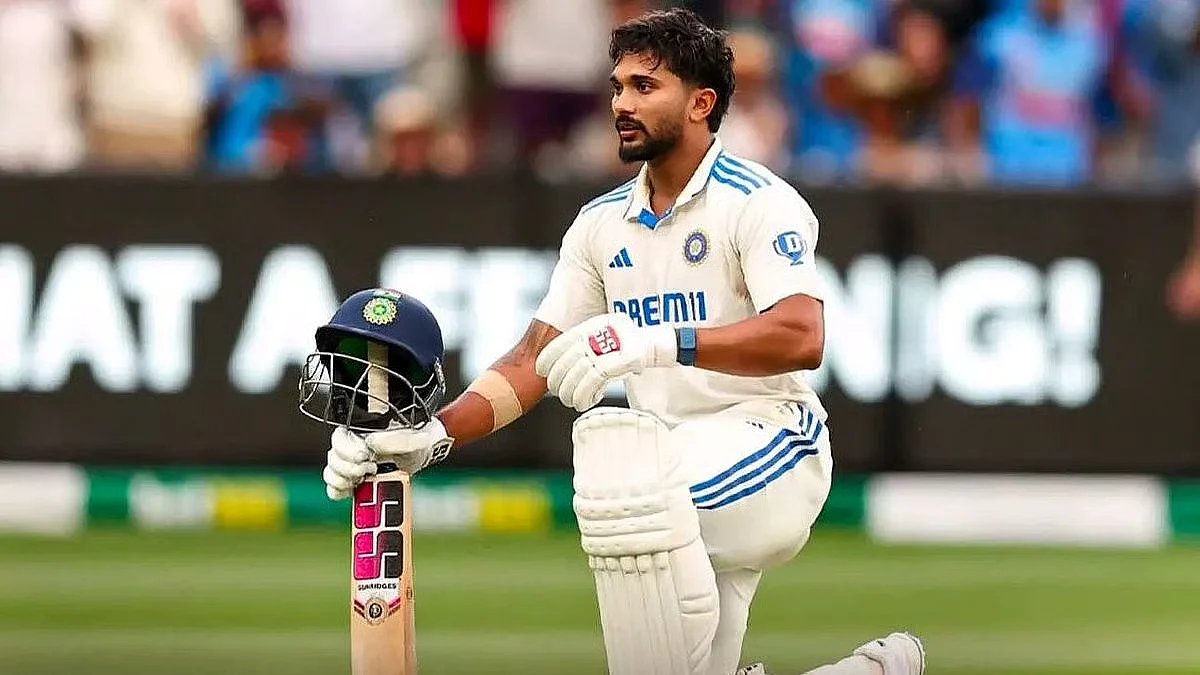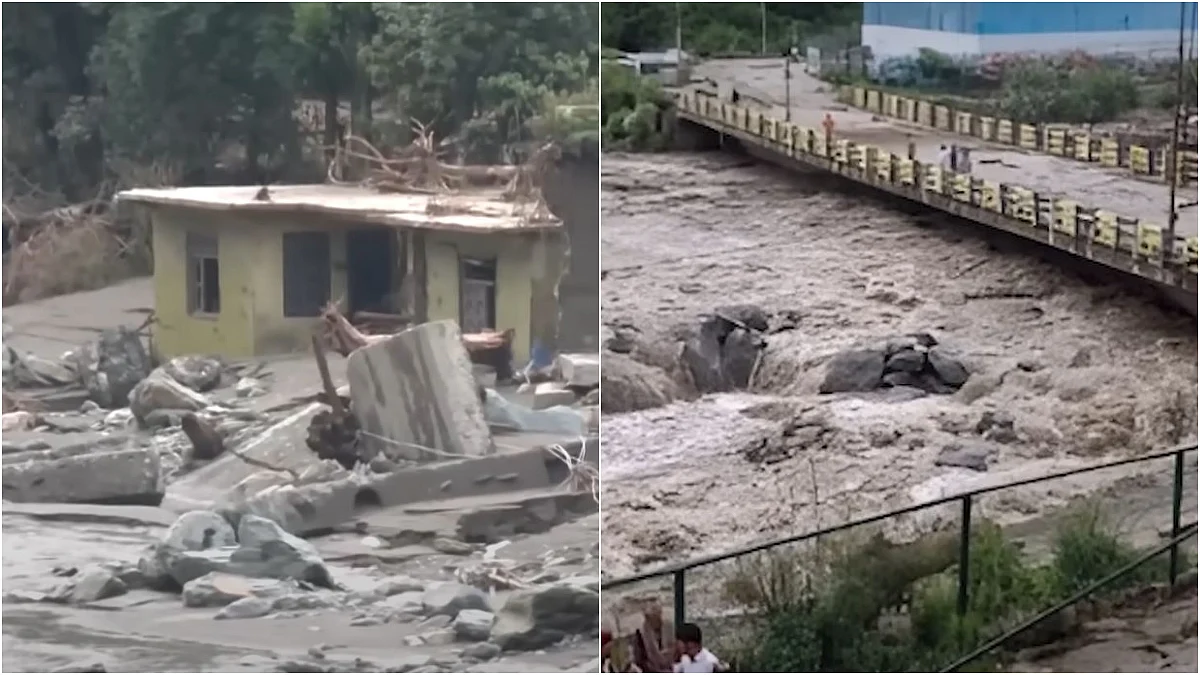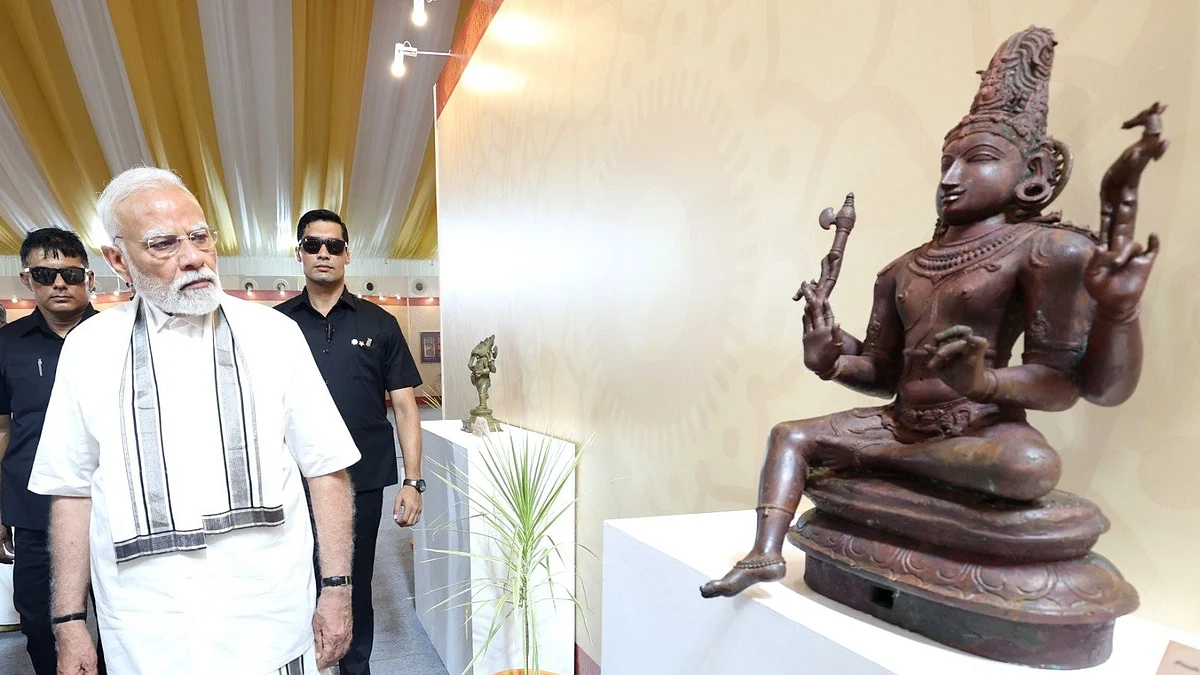On 27 May 1951, the Indian Navy was presented with the President’s Colour — the first amongst the three services — by the then President of India, Dr Rajendra Prasad. This was after the prefix ‘Royal’ was dropped from the Indian Navy. This also signified the British tradition of the Navy being the Senior Service. And in 1971, December 4 was declared Navy Day.
The Indian Navy played a pivotal role in the surrender of Pakistan during the Indo-Pakistani war of 1971 when the Navy launched ‘Operation Trident’, a fast strike on Karachi. The enormous success of the operation with no casualties or damage to the Indian task group placed the Indian Navy as one of the strongest forces in the world.
A new nation (Bangladesh) was born resulting from a war between two nations. Such was the impact of the event which marks 51 years today. It was a big day for Indira Gandhi, the then Prime Minister of India, Sam Manekshaw, the then Chief of Army Staff, and Sheikh Mujibur Rahman, the founding father of Bangladesh.
Taking a blow on the chin
No war is complete without taking a blow on the chin. India took that with the sinking of INS Khukri, (Type 14 frigate). Upon getting a threat on electronic warfare intercepts, INS Khukri along with Kirpan was sent to neutralise this submarine threat off the Diu head in Gujarat on December 8, 1971. During the patrol, INS Khukri was hit by a torpedo and sank in a few minutes, taking down her 18 officers and 175 men, including the Commanding Officer, Captain MN Mulla, who was awarded Maha Vir Chakra posthumously. It was reported that Capt Mulla could have saved himself, but decided to go down with the ship, following true naval traditions.
Admiral Arun Prakash in his article wrote, “So, when Hangor’s torpedo exploded under the Khukri’s keel, the frigate had no chance of survival, and Mulla gave the order to ‘abandon ship.’ Having ensured that as many of his crew as possible had left, he resumed the Captain’s chair on the bridge, and calmly went down with his ship.”
“Not because it was expected of him, or tradition required it of him,” says his daughter, Ameeta Mulla-Wattal, “but because, for him, it was the only thing to do.”
Moving forward the indigenous way
Fifty-one years and the Indian Navy’s strength has grown manifold. Its foray into indigenisation began over five decades ago with the design and construction of warships in the country. At least 48 of its state-of-the-art ships and submarines are under construction at several public and private shipyards. This reflects the Indian Navy’s enduring support of India’s indigenous warship-building endeavour. The journey began in 1960 with the commissioning of a small Seaward Defence Boat, INS Ajay.
It was on November 3, 1978, when Admiral J Cursetji, Chief of Naval Staff laid a keel of the ingeniously built warship Godavari. It was launched on May 15, 1980, and commissioned in December 1983. Being the first indigenously designed and constructed ship, it was showcased around the world as a symbol of India’s growing military might and self-reliance. The first of the three Godavari Class frigates, the others being Ganga and Gomati, Godavari decommissioned on December 23, 2015, after serving the nation for over 32 years.
“INS Godavari came about from the realisation among naval planners that self-reliance in design and shipbuilding was essential to build a strong navy. The Leander Frigate Project of the 1960-the 70s, resulted in not only the construction of six ‘Giri Class’ frigates (based on the Leander design and in collaboration with the UK) at Mazagon Docks Shipbuilders Limited (MDL) but also in boosting indigenous naval design and shipbuilding capability,” said a Ministry of Defence press release.
Later in 1981, India built Shishumar-class submarines, which are still active in service with the Indian Navy. These submarines are an Indian variant of the Type 209 submarines developed by the German yard Howaldtswerke-Deutsche Werft.
The first two vessels were built by HDW at Kiel in Germany and the remaining two were built by Mazagon Dock Limited in Mumbai, under a technology transfer agreement. The submarines were commissioned between 1986 and 1994.
Built-in 1987, three Delhi-class destroyers are in active service. They were the largest vessels built in India at the time of their commissioning with a cost of Rs 750 crore. Severnoye Design Bureau of Russia provided design inputs for weapons and propulsion packages.
In an article, Commodore Srikant B Kesnur (Retd) writes, “It is important to remember that this achievement was a triumph of our drive towards self-reliance and indigenisation. Indian Navy’s ‘Atmanirbharta’ journey can be summarised as one of several phases with each succeeding one being a big leap over the previous phase. The journey began in 1960 with the commissioning of a small Seaward Defence Boat, INS Ajay and reached a certain significant point in the mid-1980s, with the induction of the Godavari class-guided missile frigates which were the first ships to be designed in India. Delhi class is a reflection of what I have elsewhere termed as accelerated ‘Atmanirbharta’.”
Between 2005 to 2015 Indian Navy built Kolkata class stealth-guided missile destroyers. The class comprises three ships — Kolkata, Kochi and Chennai, all of which were built by Mazagon Dock Limited in India. The first ship of the class was commissioned in 2014 and all three ships are in active service.
Last year, on March 10, 2021, the Indian Navy inducted the third Scorpene class Submarine INS Karanj in Mumbai. INS Karanj is the third submarine under Project-75 and significantly, the first to be completely built in India at Mazagon Dock Shipbuilders Limited (MDL) Mumbai. It is said to be one of the most advanced conventional submarines in the world. With advanced technologies and equipped with potent weapons and sensors, making it a stealthier and deadlier submarine.
“The submarine construction is extremely complicated even when you have done the building part there are challenges one has to deal with. The first boat is always, even if it is built with proven designs, an experiment,” Commanding Officer (CO) of INS Karanj Captain Gaurav Mehta had said earlier.
This year, on September 2, India’s indigenous aircraft carrier INS Vikrant was commissioned at Kochi by Prime Minister Narendra Modi. INS Vikrant is the largest warship ever built in India under the Atmanirbharta in Defence initiatives, the journey which the Indian Navy began in September 1960 with the commissioning of INS Ajay, a small seaward Defence Boat.
“This is one of the significant achievements of India’s maritime history. Building an aircraft carrier of this magnitude shows that India has great power. There are only five countries that built aircraft carriers which are Russia, the USA, France, China, and the UK, and now India has joined those nations which shows that we have the capability of building ships of this magnitude. INS Vikrant has surely added strength to India’s maritime resources. Any great nation becomes great with its actions and successfully building and commissioning INS Vikrant proves that India is a great nation with great defence powers,” said Commodore Shyam Kaushal (retd) Indian Navy.
Today, on the 51st Navy Day, India is distinctly upbeat about the shipbuilding that broke out about five decades ago.









